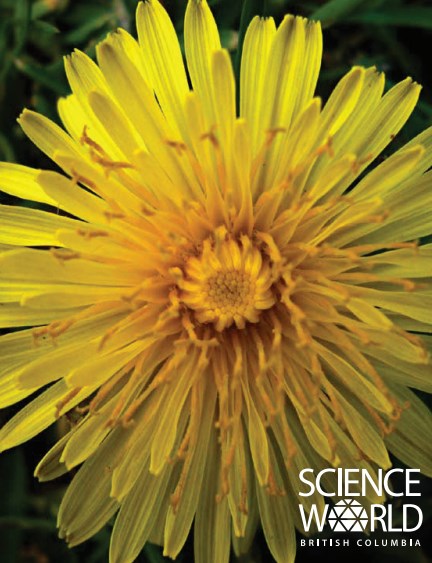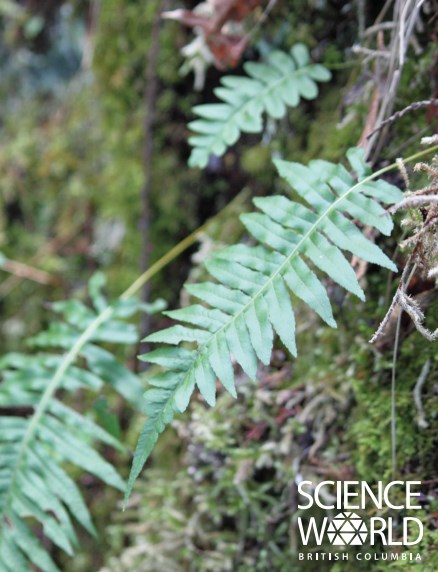In this activity, students get to make their own pressed plant parts to keep.
For centuries, botanists have used pressed plants as the main way to observe and share knowledge about plants. Collections of these preserved pressed plants are called Herbariums.
Accurate pressing and data on where the plant was collected allows scientists to understand change over time and space of species distribution. It is also a way to compare closely related species and even a way to observe evolution!


Plant pressing is also an easy and fun craft project. Pressings can be used for cards, bookmarks, or to start your very own herbarium.
This activity will take about a week to be completed, but does not take up much space while you wait.

 copy.jpg)